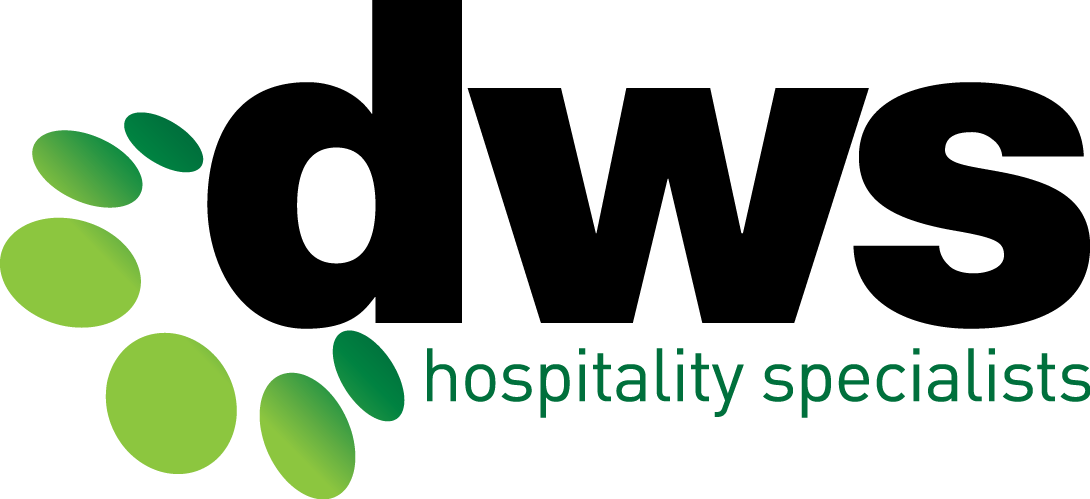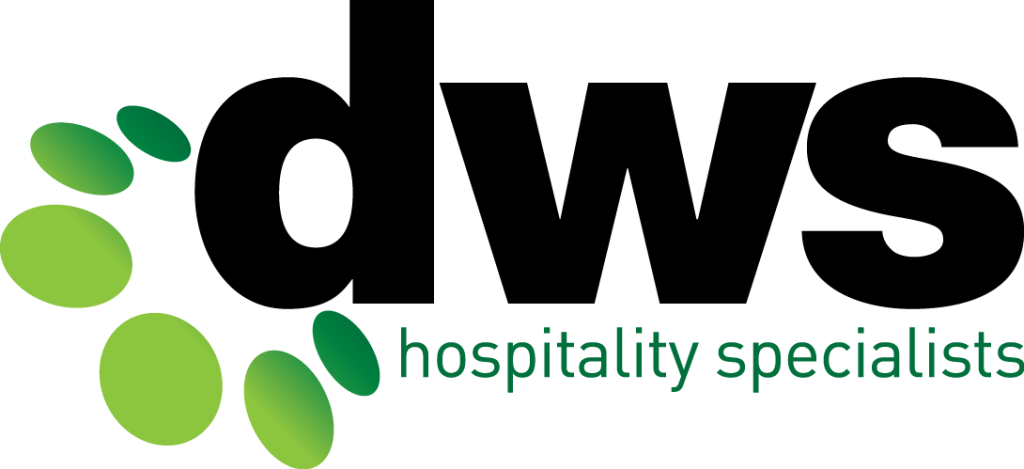
Amongst all the excitement of Black Friday, opening after COVID, Christmas fast approaching and the end of year parties, something is ticking away quietly in the background that has gone unnoticed so far yet…as highlighted by Terry McCann the long-standing senior Courier Mail Finance journalist in his recent article, the inflation genie is out of the bottle.
I wrote months ago about the pending shortage of labour which some venues only seem to be recognising now. I’ve also said that this will automatically lead to an increase in labour costs which I’ve seen in the last six months of senior recruitment roles that we have conducted.
We’ve also seen clubs, pubs and other venues paying for people to attend interviews or paying commission to staff who introduce new staff, and some hospitality venues offering short-term bonuses to staff who stay on board for at least six months.
Unfortunately, this is just the beginning of the inflation genie. Any manager who has looked at their meat bill or fruit and vegetable account in the last couple of months will also see how significantly the price of these goods have increased. Let’s not even talk about the increasing share prices, petrol, real estate, rents or the price of new and second-hand cars.
Our industry has always been conservative when it comes to price increases, but I believe in the last 20 or 30 years we’ve never seen prices increase at the rate I think they will increase in 2023/25. As most clubs will start their budget process in March or April, next year the inflation genie will be well and truly alive.
All venues will need to be more diligent with their budgeting and not so timid with price increases in order to achieve an EBITDARD that doesn’t fall below 14%. Smaller to medium clubs, those that are more reliant on food and beverage than gaming, will need to be particularly diligent with their budget estimates and pricing.
Inflation in the United States has accelerated this year to levels not seen since the 1980s. Terry McCann believes inflation will be one of the single biggest issues for Australia in the next couple of years.
Following are my conservative estimates of price increases in the next year or so based on my own readings and a degree of research to date.
| The Products | The influence on pricing | Range of increases (per annum) |
| Cost of labour, particularly senior management | In the absence of foreign students, backpackers, foreign workers and immigration, supply and demand will automatically increase wage costs. | 15% – 20% |
| Maintenance and repairs | Driven by the shortage of labour in the construction industry, and the shortage of supplies, some building materials have already increased 100% in the last 12 months. | 30% – 50% |
| Petrol costs | It has been driven by significant demand particularly from America and Asia. We’ve already seen a 25% increase in petrol costs in the last few months and some pundits are predicting further increases. | 15% – 30% |
| Meat | Meat has already significantly increased in price this year due to the drought in years leading to herd reduction. Following the positive rain across the country, farmers are restocking rather than selling and there has also been a significant increase in exports. | 20% – 40% |
| Fruit and vegetables | Shortage of fruit and vegetable in recent months was a tale from the drought years. Following a positive growing season in more recent months has been unfortunately hampered by shortage of labour to pick fruit and vegetables. | 10% – 20% |
| Beverage costs | We’re yet to see too much increase in the cost of beverages but inflation will undoubtedly have an impact on their prices in coming months, along with dramatically increased shipping cost for imported goods. | 10% – 20% |
| General administration | As the majority of goods and supplies in Australia are imported (and apart from supply shortages driving up costs), shipping costs have increased fourfold in the last six months and are expected to continue to have an impact on imported goods. | 10% – 20% |
| Insurance | Anyone who has renewed their insurance in the last three or four months will be aware of the dramatic increase in insurance costs, this is principally being caused by ongoing natural disasters in Australia and zero return on insurance companies investments because of lower interest rates, prompting underwriters to leave the market reducing competition. | 30% – 50% |
The current labour shortage and its impact on salaries and wages in the next 12 months at least have prompted me to delay producing the 2021 DWS Club industry Salaries and Remuneration Report until hopefully some clarity emerges early in the New Year. The 2020 report released earlier this year is still a valid guide as a starting point in the current difficult environment. The report does allude to some of the emerging issues around COVID. Click here to access the 2020 Report.
A couple of months ago, we conducted a survey to collate financial information for an update of the DWS Club Industry Benchmark to be scheduled for later this year. However, in light of the rapidly changing cost environment projected next year we are holding off finalising this report until early next year. Given the industry benchmark report is largely based on ratios, it is still a valuable resource in compiling budgets and looking at performance. Click here to access the Club Industry Benchmark Report.
John Dickson | john@dws.net.au | 0417 721 942


